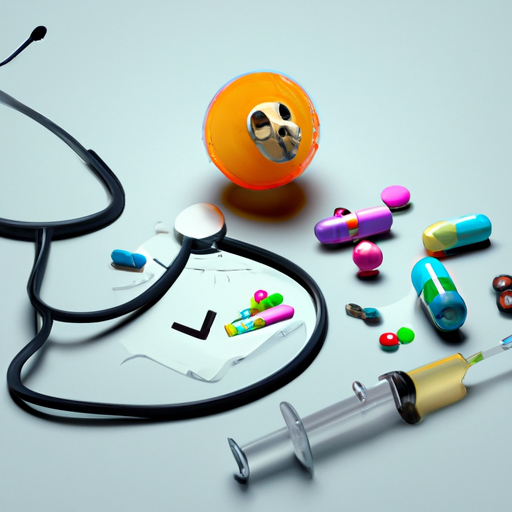Definition of Varicose Veins
Varicose veins are enlarged veins that are swollen and raised above the skin’s surface. They are usually dark blue or purple in color and often look like a twisted rope or a cord. They may appear larger or lumpy, and in some cases, the skin may become discolored.
Varicose veins can lead to a number of physical and medical complications. These can include:
- Aching, heaviness and fatigue in the affected area
- Itching and burning sensations
- Painful and swollen veins
- Skin discoloration and ulcers
- Blood clots
Varicose veins can be diagnosed through physical examination and tests such as ultrasound, CT scan, MRI, and X-ray. Treatment options vary depending on the severity of the condition, but may include lifestyle changes, medications, minimally invasive surgical procedures, and minimally invasive treatments such as sclerotherapy and laser therapy.
Symptoms
Varicose veins often don’t cause any symptoms and can go undetected; however, when they do cause symptoms they can be bothersome.
Symptoms of varicose veins may include:
- Achy or heavy legs
- Itching around one or more of your veins
- Burning, throbbing, or muscle cramping in your legs
- Pain after sitting or standing for a long time
- Swollen feet or ankles
- Discolored veins, usually blue or dark purple
- Leathery-looking skin
These symptoms can be alleviated by various medical treatments; however, if you are experiencing any of these symptoms, it is important to consult your doctor as soon as possible for a proper physical exam and blood workup to rule out any underlying issues.
Physical Exam Process
When it comes to identifying varicose veins, physical examination is the best approach. A physician will check for any signs or symptoms of varicose veins, including swelling, discoloration, or bulging of the veins. During the physical exam, your doctor will also look for signs of pain or tenderness in the affected areas. The doctor may then ask you to stand or walk in order to assess the extent of the problem. The doctor may also use a special device to measure the pressure of blood in the affected veins. This will help to determine the cause of the varicose veins. After the physical exam, your doctor may recommend further tests such as ultrasound imaging, phlebography, or venography to accurately determine the extent of the problem.
Diagnosis
The physical examination for varicose veins includes:
- Assessment of the skin for discoloration, pigmentation, and ulceration.
- Palpation for tenderness, swelling, throbbing, and tightness.
- Injection of a tiny amount of sterile saline solution with lidocaine to assess pain.
- Ultrasound imaging to assess the anatomy of the veins.
Diagnosis of varicose veins is typically based on the physical examination and medical history. After examining the patient, the doctor may want to order a duplex ultrasound of the patient’s lower extremities. This test uses sound waves to create a detailed picture of the veins. Through the duplex exam, the doctor can identify the location and severity of varicose veins as well as other potential causes of the symptoms.
Treatment Options
The treatment for varicose veins depends on the severity of the condition and the symptoms experienced by the patient. Common medical treatments include compression stockings, sclerotherapy, and endovenous laser therapy. Compression stockings help to reduce swelling and support the veins, helping to improve circulation. Sclerotherapy is a procedure which involves injecting a solution into the veins, causing them to shrink and eventually disappear. Endovenous laser therapy is a minimally invasive procedure which uses laser energy to close off the veins. In some cases, surgery may be recommended to remove the affected veins. In addition to medical treatments, lifestyle changes such as increasing physical activity, maintaining a healthy weight, and avoiding prolonged standing can help improve symptoms.
Conclusion
At the end of the physical exam for varicose veins, the doctor will provide a conclusion on the health of the patient. Depending on the severity of the varicose veins and any other findings, the patient may need to undergo further tests or require treatment. Treatment for varicose veins can range from lifestyle modifications to minimally invasive procedures, depending on the needs of the patient. In some cases, it may be just as important to get regular follow-up exams as it is to seek treatment. With the right approach, patients can often manage their varicose veins and maintain their overall health.


No Comments